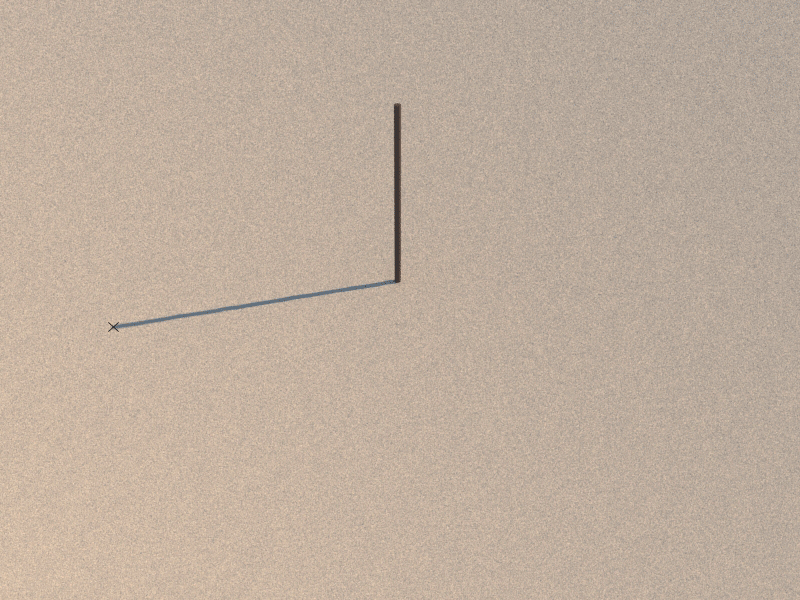Is the Fall Equinox the Secret to the Pyramids’ Near-Perfect Alignment?
One engineer says yes
/https://tf-cmsv2-smithsonianmag-media.s3.amazonaws.com/filer/b2/f3/b2f3265d-b4f3-46c1-ba99-dfc1d3b3996c/1024px-kheops-pyramid.jpg)
For a structure that was built more than 4,000 years ago, long before the advent of blueprints and computers, the Great Pyramid of Giza is remarkably well aligned. Experts have long puzzled over how the Egyptians managed to construct this ancient wonder. Now as Owen Jarus reports for Live Science, one engineer thinks he has discovered the secret to the pyramid’s precision: the fall equinox.
Glen Dash, who has worked at archaeological sites in Egypt, Greece, Cyprus and the United States, recently detailed his idea in the Journal of Ancient Egyptian Architecture. He notes that the Great Pyramid is nearly perfectly aligned along the cardinal points—north, south, east and west—with “an accuracy of better than four minutes of arc, or one-fifteenth of one degree.”
The two other largest pyramids in Egypt—the Pyramid of Khafre, also located at Giza, and the Red Pyramid at Dahshur—are also aligned with a high degree of accuracy. But all three of these pyramids display an unusual quirk: “they are rotated slightly counterclockwise from the cardinal points,” Dash writes.
Over the years, experts have proposed a number of theories to explain how the ancient Egyptians built the pyramids. Some have posited that they used the constellations, while others believe they relied on the sun. In his paper, Dash suggests that ancient Egyptians did in fact use the sun to align the pyramids—but specifically on the day of the fall equinox.
The length of day and night are equal on the fall equinox, which is one of two annual equinoxes when the sun sits directly above the equator. According to Fiona MacDonald of Science Alert, it had previously been assumed that the fall equinox would not provide enough accuracy to ancient pyramid builders. But Dash thought differently.
To demonstrate his theory, Dash set out with a rod (also known as a “gnomon”) for tracking the movement of the sun on September 22, 2016, the day of the fall equinox. He planted the gnomon on a wooden platform and marked the location of the rod’s shadow throughout the day, forming a curve. At the end of the day, he wrapped a piece of string around the pole and used it to mark an arc that intercepted two points of the curve. When a straight line is drawn through, its almost perfectly pointed east to west, with a slight counterclockwise rotation—just like the alignment of Egypt’s three biggest pyramids.
Technically, the method also works during the spring equinox, Dash writes to Smithsonian.com in an email. But the slight rotation would be in the opposite direction (clockwise) to the pyramids' positioning.

Dash conducted his experiment in Pomfret, Connecticut, but he thinks the technique could have been easily replicated in ancient Egypt. All that would have been required was a rod and “a clear sunny day, like most of the days at Giza,” Dash told Jarus of Live Science.
Of course, it is impossible to say definitively whether ancient Egyptians relied on the fall equinox method, or any other technique that has been proposed by researchers. “[T]he Egyptians, unfortunately, left us few clues,” Dash acknowledges in his paper. But he concludes by noting that his theory holds a “certain appeal.”
“It produces results that match the actual alignments of the largest pyramids of the pyramid age in magnitude and direction,” Dash writes. “It is hard to imagine a method that could be simpler either conceptually or in practice.”